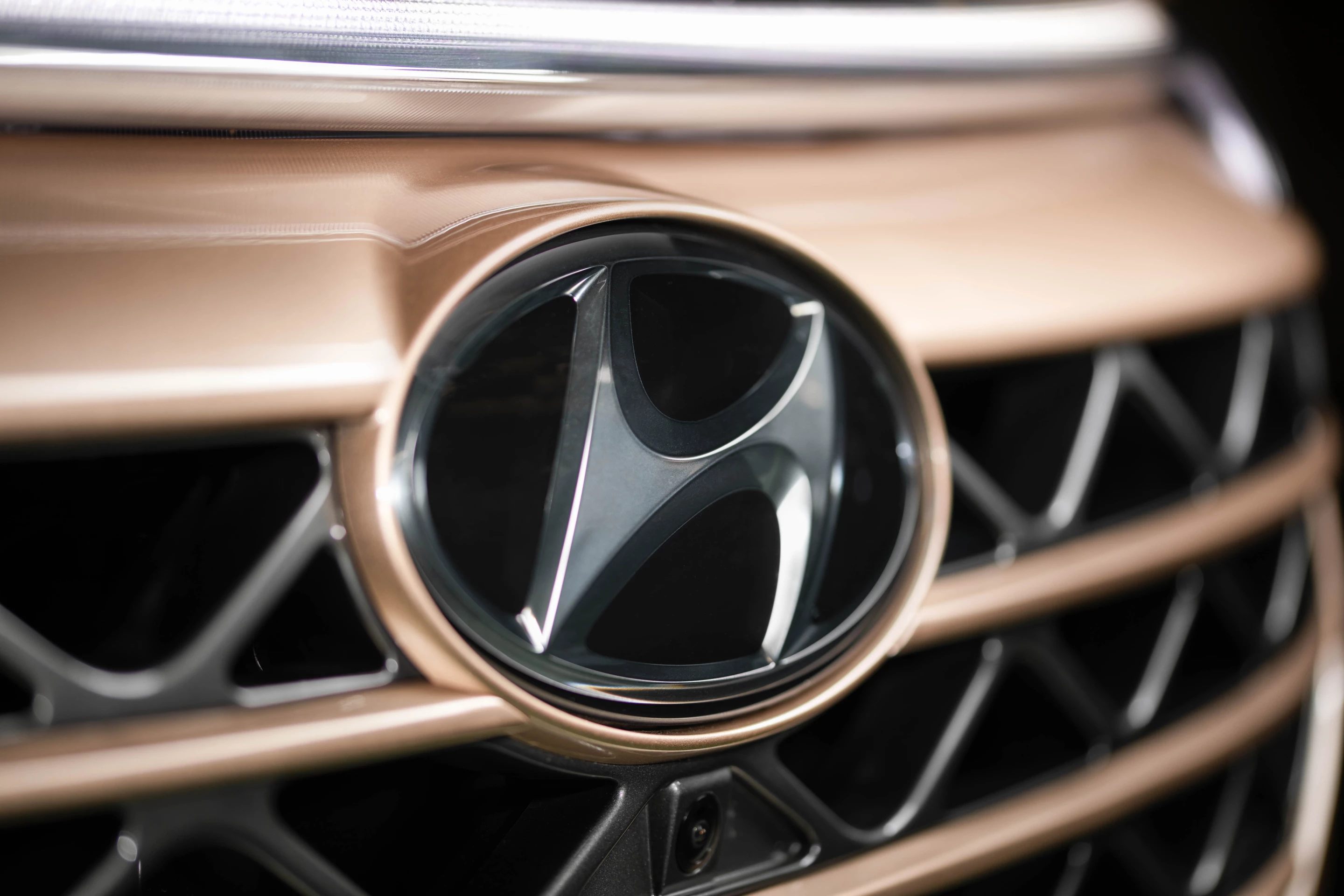Hyundai has joined the growing list of big-name mobility brands making moves into the world of flying taxis, today announcing the launch of a new urban Air Mobility Division. The Korean automaker hopes to use aircraft to tackle urban congestion, and has turned to a NASA aeronautics veteran to spearhead the operation.
Just like similar ideas from Audi, Aston Martin, Boeing, Daimler and more, the new urban aircraft venture from Hyundai is geared toward new modes of transport that lift city folk up and over the traffic below. These kinds of services could significantly cut travel times in urban environments, along with congestion at ground level and pollution in the air.
These companies all have slightly different takes on what form their flying taxi services would take, but generally speaking they would make use of electric aircraft that take off and land vertically and operate autonomously. Passengers may be able to hop in, punch their destination into a touchscreen and have the aircraft take them there all on its own.
Hyundai hasn’t gone into specifics about its vision for the newly announced Urban Air Mobility Division, only to say that it has installed 30-year NASA veteran and aeronautics engineer Dr. Jaiwon Shin at the helm. It says it hopes to make use of Shin’s experience working on airframes, engines, air traffic management and projects such as NASA’s supersonic X-plane.
Most players in the urban air mobility game so far have looked to lithium-ion batteries to power their under-development aircraft. But this powertrain technology does have major shortcomings, hingeing on a limited energy density and therefore limited range. The latest Volocopter, for example, can travel only 35 km (21 mi) at a time. The lengthy plug-in time needed to recharge the batteries in between flights is another consideration.
Another possibility, and one that has huge potential, is the use of a hydrogen fuel cell powertrain. One startup called Skai broke out of stealth mode earlier this year with a hydrogen-powered aircraft that it claimed is capable of covering 640 km (400 mi) and taking five people along for the ride. It can then be re-fueled as quickly as a gasoline car.
These ambitious numbers stem from the fact that hydrogen offers 10 times the energy density of lithium batteries, something Hyundai will be well aware of given its long line of hydrogen-powered car concepts and its sales of production models since 2013.
That Hyundai already has a few eggs in this basket is food for thought, but there are good reasons hydrogen hasn’t taken off in the automotive world as yet. These relate to the difficulties in storing the stuff, as well as setting up the infrastructure needed for re-fueling depots (imagine replacing gas stations with hydrogen stations, for example).
Hyundai would be better placed than some to take on such a task, however. It does say that it hopes its new Urban Air Mobility Division will “provide innovative and smart mobility solutions never seen or thought of before,” so it will certainly be one to keep an eye on.
"Having worked on cutting-edge aviation research and development at NASA for 30 years, I am very excited and humbled by the opportunity to now shape urban air mobility strategy at Hyundai Motor Group,” says Dr. Shin. “The new team at Hyundai will develop core technologies that will establish the company as a driving force in urban air mobility, a sector that is expected to grow into a market worth US$1.5 trillion within the next 20 years."
Source: Hyundai




